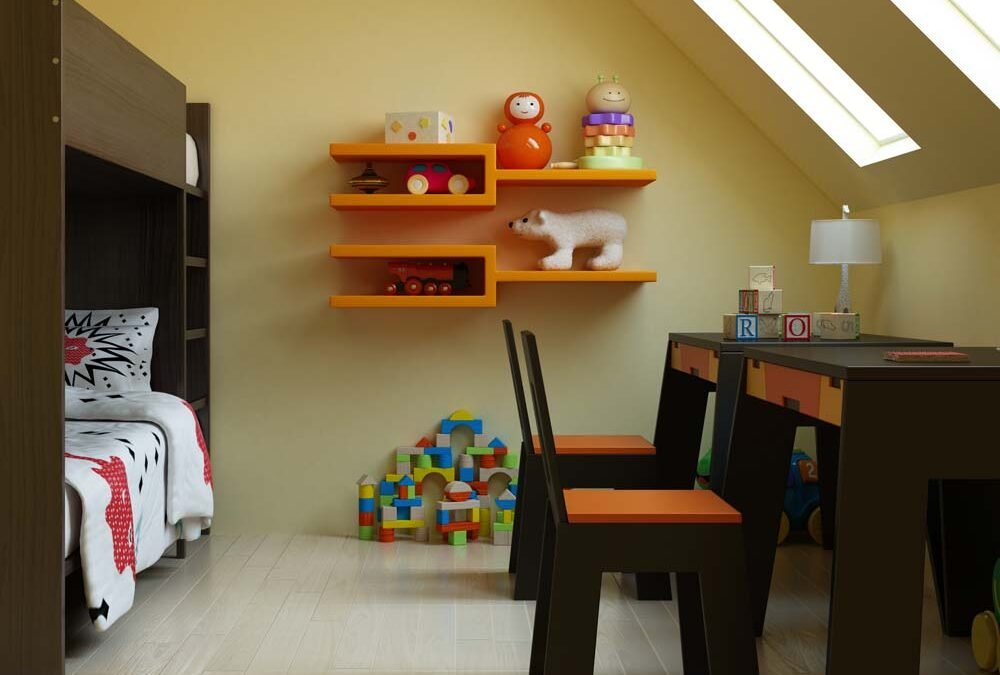Converting your attic space is a potentially lucrative and exciting venture – however, before you jump feet first into the building process, take note of things you should consider.
Hire a loft conversion specialist
Loft conversions are not a DIY job as height restrictions make it difficult to make the most of the limited space you have in your roof. Experienced and skilled loft conversions specialists know the tricks of the trade to avoid making mistakes. Hiring an everyday builder to cut costs is not recommended either.
Staircase
In most instances, a new stairway up to the attic room will need to be installed. This can cause complications with the structure and layout of the floor immediately below and can impede on existing rooms. Ideally a staircase should fit seamlessly in the current design of your house and make use of “dead space.”
Roof and floor framing
Homes built pre-1970’s typically have framed roof structures placed 16-inches from the centre. This restricts height and the installation of a shed dormer. Your attic room will need altering to create more head space and should be included as part of the remodelling design – otherwise you will find it awkward to move around the room without banging your head. Floors should also be reinforced to support additional weight.
Storage space
Attics are typically used for storage and if your loft is full of your belongings you need to decide what to do with it. Old junk can be thrown away or sold on eBay, but not everything in your attic is disposable. You should therefore consider how much storage space you will need to get your things back up there if you do not have any alternative.
Heating and cooling systems
The heating for your attic will typically be connected to your existing central heating system – especially if you are adding an en-suite bathroom. You should therefore determine whether your current boiler is powerful enough to support another user. It is not unheard of for households with a loft conversion to run out of warm water or only flow lukewarm. For individual heating systems far-infrared heaters are a great option, and a cooling fan can help circulate heat to the rest of the house. Loft conversions are an excellent opportunity to improve the energy efficiency of your house.
Planning permission
If your property qualifies for “permitted development” you do not have to apply for planning permission with the local council. However, there are certain measurement restrictions that fall under the scope of building regulations and bi-laws of your local council. A loft conversion specialist can help you with this.
You also have an obligation to inform neighbours of an adjoining property that you plan to carry out building works. Known as a “Party Wall” your neighbours and the right to set the hours when building work can be conducted. The agreement also protects you against a legal action should your loft conversion cause damage to your neighbour’s property.
Although a loft conversion does have many benefits and rewards, if it is not properly planned out, it could lead to disappointment and costly repairs.
City Lofts London – award-winning builders
02088988299
PS stuck for interiors inspiration? Look no further





